Prague - A Land of Stories
Fresh from a 17-hour journey (figuratively; I wish I could say that literally), I emerged from Staromestska Station and was greeted by the cool autumn wind. I can’t believe it. I’m finally in Prague. I’m finally in Europe!
I trudged the cobblestoned streets, luggage in tow, searching for my hostel. It didn’t take me long to find it as I easily spotted Tyn Church’s spires, so I knew the Old Town was close by.
I arrived at the hostel earlier than the official check-in time, so I left my luggage at the storage room first, and made my way through Old Town.
I was too excited to explore.
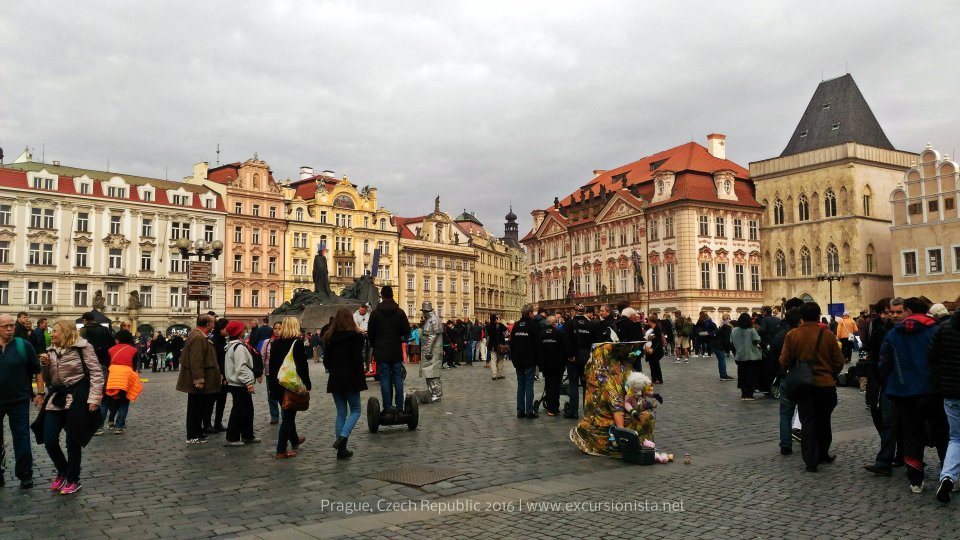
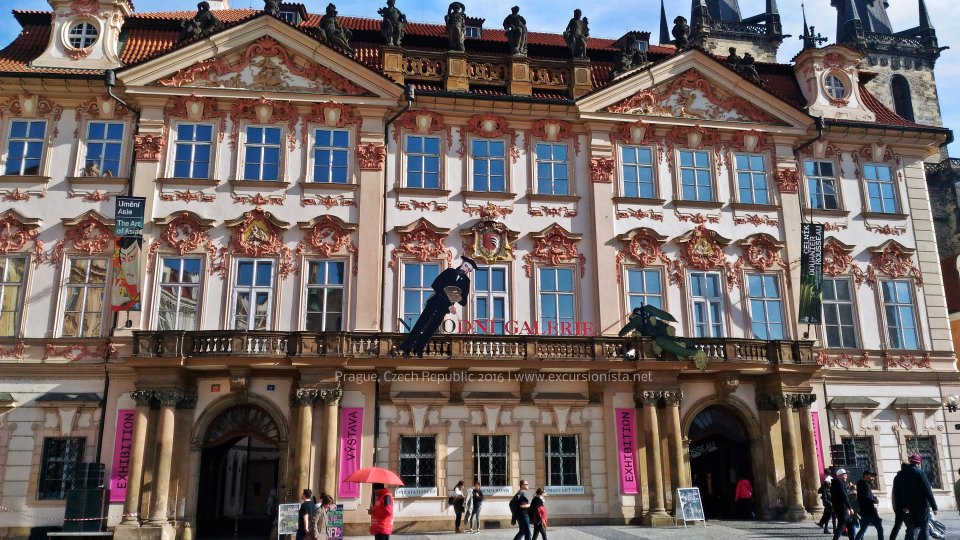
I meandered through Karlova’s alleys lined with restaurants and souvenir shops.
It didn’t take long for me to reach the Astronomical Clock where people flock for the hourly show. I decided to just check it out at a later time, and went straight to the center of Old Town Square.
The square is surrounded by beautiful buildings. Its center is filled with tourists, buskers and various street performers, and even Segway operators.

I walked towards St. Nicholas Church where a bunch of tour operators were gathered, then headed straight to Parizska Street – a street lined with luxury boutiques.
From my aimless wandering, I eventually found myself in the Jewish Quarter, but did not explore it further. I figured I better visit it on a guided tour so I can get a historical background.
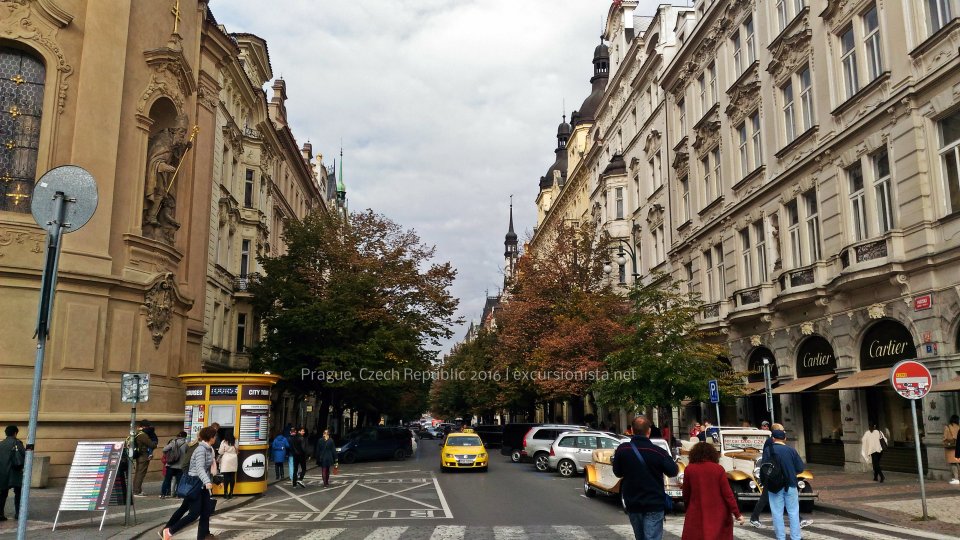
When I got tired from all the walking, I grabbed a snack, sat on one of the benches around Jan Hus Memorial to people-watch.
Later that night, I checked out one of Prague’s oldest markets, Havel’s Market (Havelske Trziste) then went back to Old Town Square to watch the last night of Signal Festival where they project light art onto some of Prague’s notable landmarks.
I got up early the next day because I wanted to see Charles Bridge without the crowd. It was freezing, but the trip was worth it!
It was very foggy which made the bridge look hauntingly beautiful. No wonder an Asian couple braved the cold just to do their prenup.
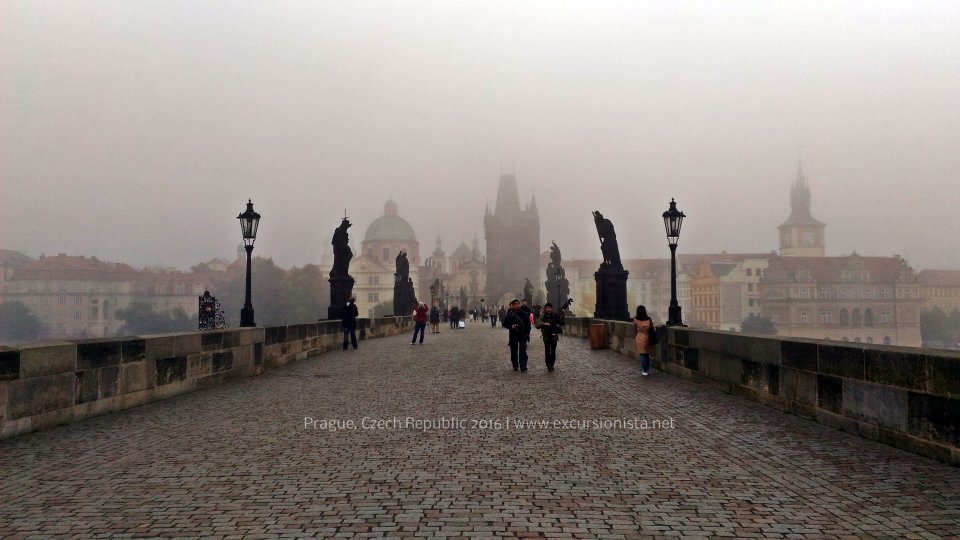

I walked the whole length of Charles Bridge until I reached the New Town.
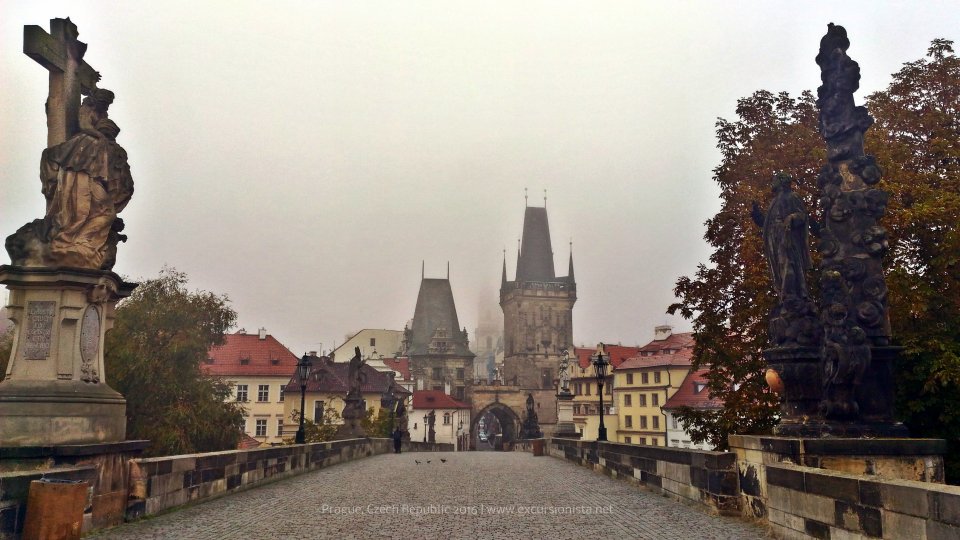
While I could have continued wandering the city alone, I realized I know very little about it, so I decided to head back to Old Town Square and join one of several free walking tours.
I joined Next City Tours, and this is where I met a Filipino couple who became my travel buddies for the day.

Naturally, our tour started at the center of Old Town Square beginning with Master Jan Hus’s Memorial.
To escape poverty, he decided the easiest way to be rich was to become a priest. He preached at Bethlehem Chapel – the largest church in Bohemia at the time. He eventually made people realize that the Pope is not the head of the church, but Christ – much to the chagrin of the Catholic Church. He was ordered to renounce his ideas, but he refused, so he was burned at the stakes for heresy. A hundred years later, his writings were discovered by Martin Luther who started the Protestant Reformation.
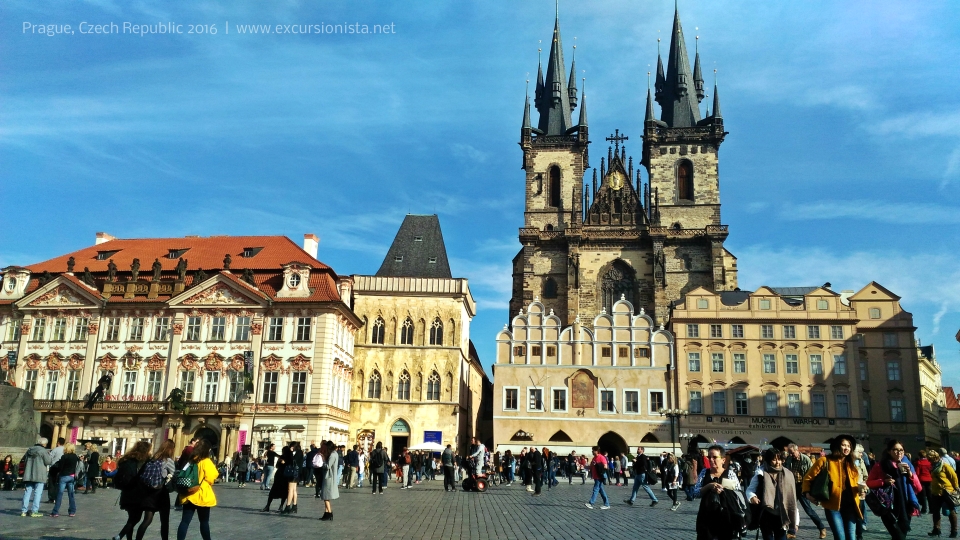
Also a prominent landmark in Old Town Square, the Tyn Church is the most important Gothic church in the Old Town. Its most notable feature are its asymmetrical towers. They say it represents the masculine and the feminine. For all we know, they just really screwed up with the measurements. lol

Next, we went to the Astronomical Clock to see the hourly show.
Our guide says it’s touted as the ‘second most disappointing tourist attraction in the world’ next to The Little Mermaid in Copenhagen.
Sure, there’s really nothing special with the show if you look at it from the perspective of today’s modern world, but imagine having something like that in the 14th century!
There’s even a legend that the clockmaker was blinded after he finished the clock to ensure it’s never replicated. As revenge, he asked one of his students to take him up the tower, then he threw himself on the clock jamming its gears. Yep, definitely Grimm fairy tale material.

Making our way to the ‘newer’ part of town, we pass by The Estates Theater. It is Prague’s oldest theater where Mozart conducted the world premier of his opera, Don Giovanni.
Then we stopped at Wenceslas Square where a university student self-immolated in 1969 in protest of the Warsaw Pact. Twenty years later, another protest was held which led to the Velvet Revolution which, as the Czech’s call it, an ‘amicable split’ of today’s Czech Republic (or should I say, Czechia) and Slovakia.
Today, it’s composed of shops, restaurants and cafes, hotels, and offices.
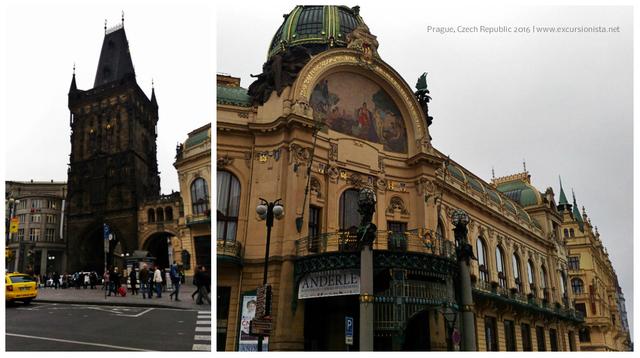
The Powder Gate got its name because this is where they used to store gunpowder. It’s also where the future kings of Bohemia used to enter the town for the coronation parade.
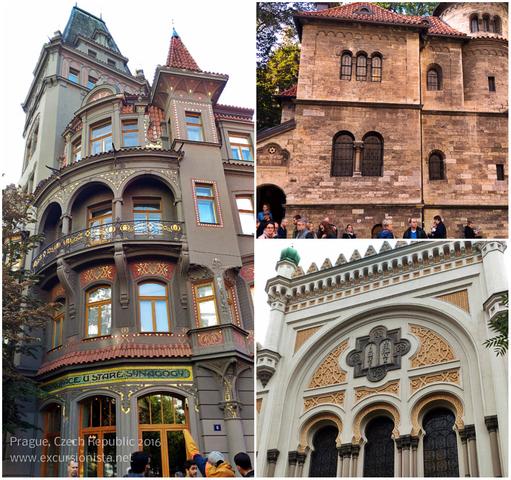
The Jewish Quarter or Josefov was supposedly spared by Adolf Hitler for the twisted reason that he wanted it to serve as a living museum of an ‘extinct race’.
Franz Kafka also has a statue here because this is where he spent most of his life.
Our tour concluded at the Rudolfinum on the bank of the Vltava River. It’s a world-famous concert hall and home of the Czech Philharmonic.
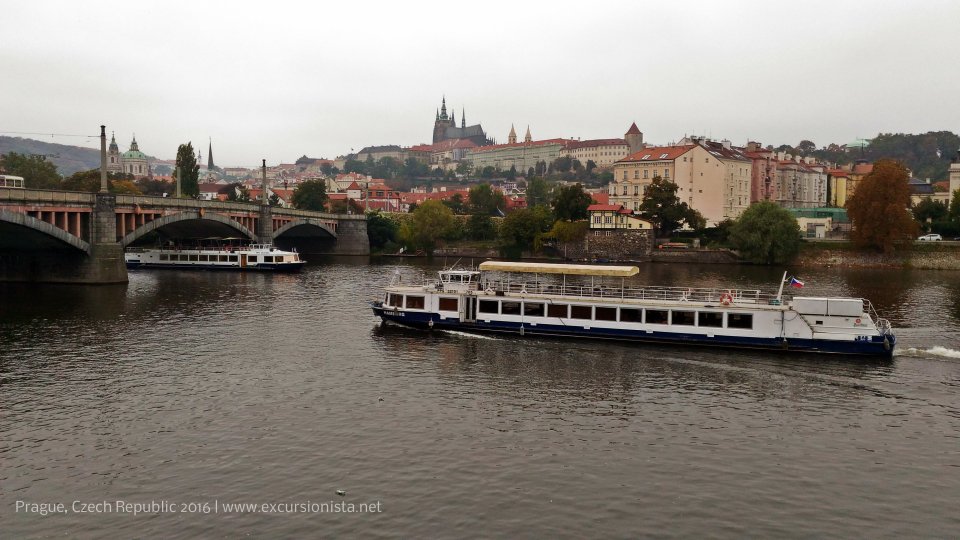
We could have joined the Prague Castle Tour at 2:30 pm, but we decided to just do it the next day and further explore the city on our own.
Together with the Filipino couple, we went to Charles Bridge (second time for me that day, which I’m sure anyone who’s been to Prague will totally understand.)
Naturally, it had a different vibe than when I went earlier that day.
Tourists, buskers, vendors, and even beggars filled the bridge this time.
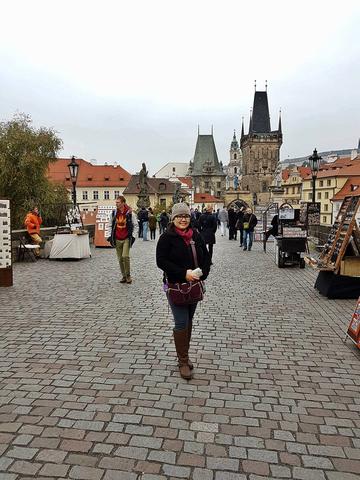
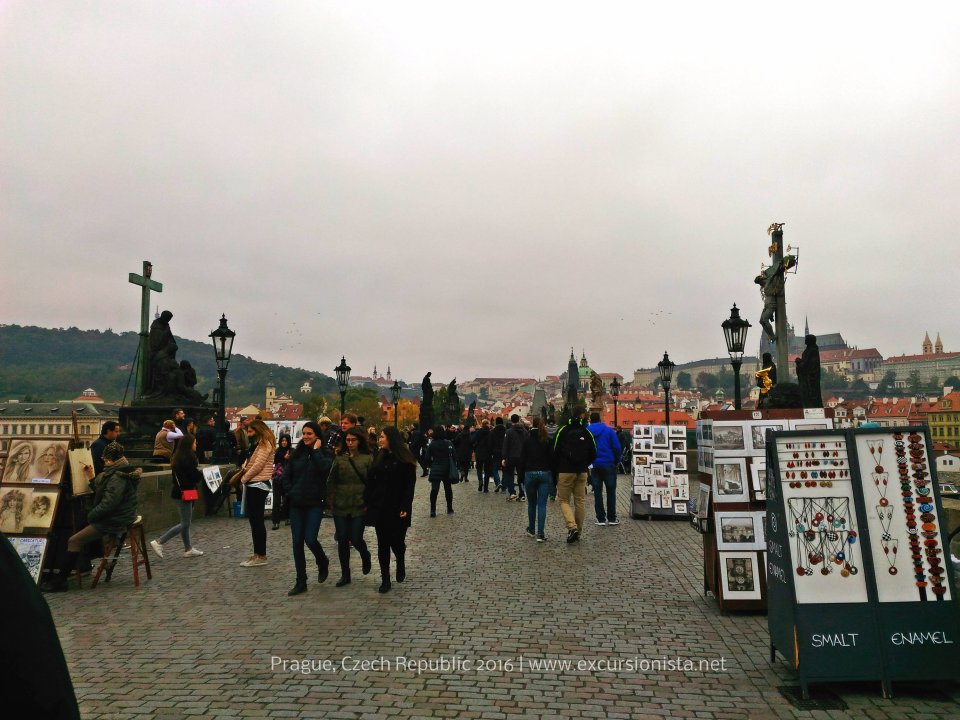
We also went to the famous Lennon Wall for a photo op.
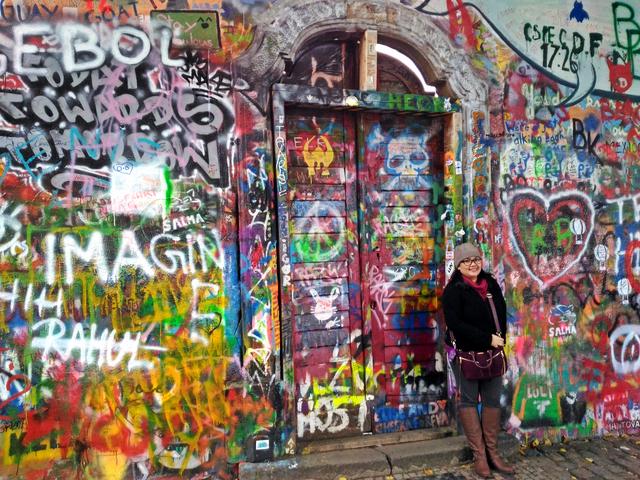
Exhausted from hours of walking, we decided to call it a day and headed to our respective hostels.
As mentioned, I joined the Prague Castle tour the next day with the same walking tour operator.
We met again at the Old Town Square then our guide brought us to the metro station to buy the ticket we’ll use for the tram to Prague Castle.
After securing our tickets, we headed to Charles Bridge (my third time on this trip).
Naturally, we were given a brief history of the bridge.
Emperor Charles IV laid the foundation stone on a specific date at a specific time because according to numerology, it’s the most auspicious time.

The bridge is adorned by several statues, but one of the most notable is the statue of St. John of Nepomuk.
According to legend, John used to be the confidant of Queen Sophia. King Wenceslas IV wanted to know what the queen confides in him, which of course, he refused to tell him. He was then ordered to be thrown to the Vltava River. It’s said that 5 stars appeared after he was thrown, hence, the ring with 5 stars on the statue’s head.
You may have noticed the discoloration on the reliefs at the bottom of the statue. They say rubbing it will bring luck and it means that you’ll get to return to Prague. Of course, we all rubbed it. 🙂 But actually, only the part depicting St. John being thrown to the river (and not the dog) is said to be lucky.
After crossing the bridge, we all hurried to catch the tram to Prague Castle.

Our guide said St. Vitus Cathedral was closing early that day, so we took a short tour inside the church first before exploring the rest of the castle grounds.
This gothic church is massive, and has very impressive mosaics on the southern side!
For some reason, the church reminds me of Hogwarts. But the story of Wenceslas’ family–who was killed by his own brother, and whose mother had his grandmother killed because she was Catholic and the former was pagan–was very Game of Throne-ish.
We also got to see the changing of the guards ceremony before continuing on with the tour.



Our last stop was Golden Lane – said to be named because alchemists who used to turn metal into gold lived here.
It’s filled with Instagram-worthy colorful tiny houses. They say Franz Kafka also lived here, at No. 22.

The tour concluded at the viewing point where one can take in awesome views of Prague.
I usually easily get bored after spending 3 days in the same place, but with Prague, 4 days just wasn’t enough. It’s a place I’ll come back to in a heartbeat!
Comments
Post a Comment